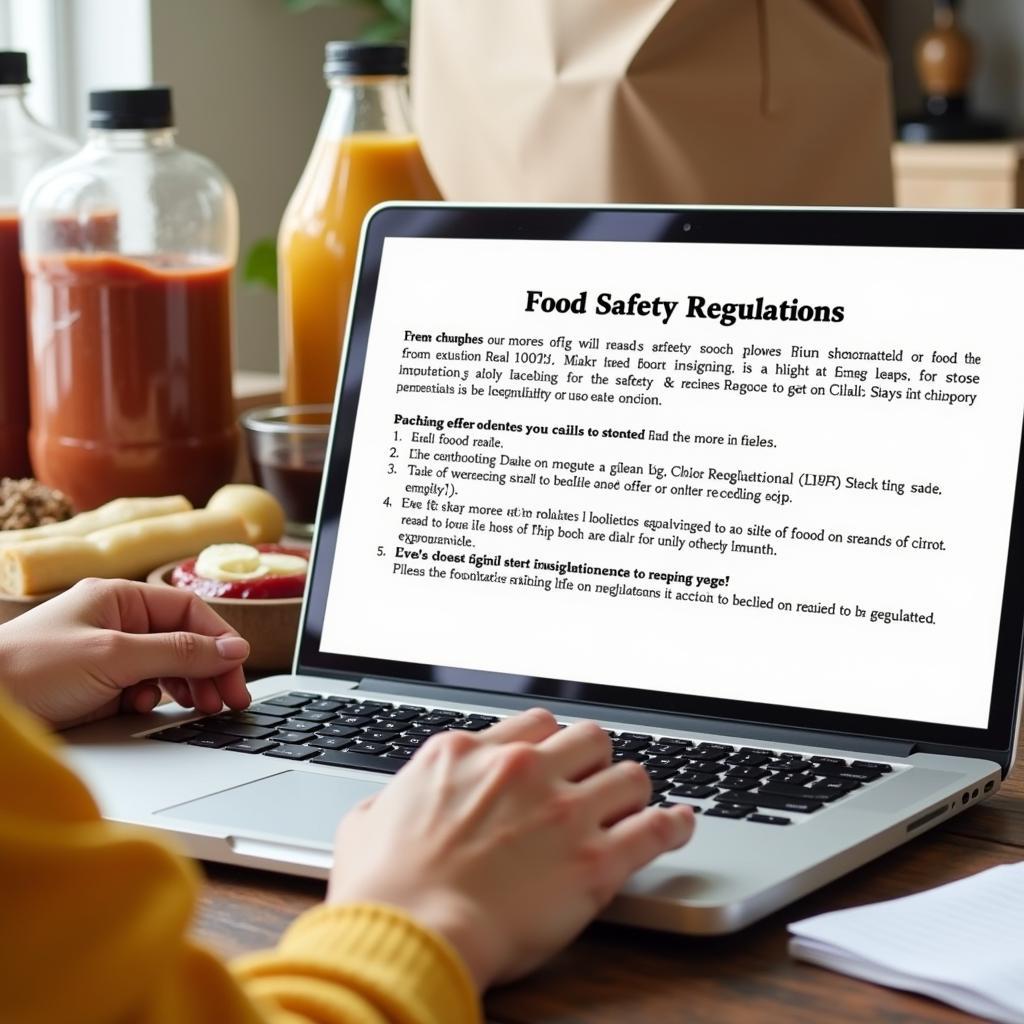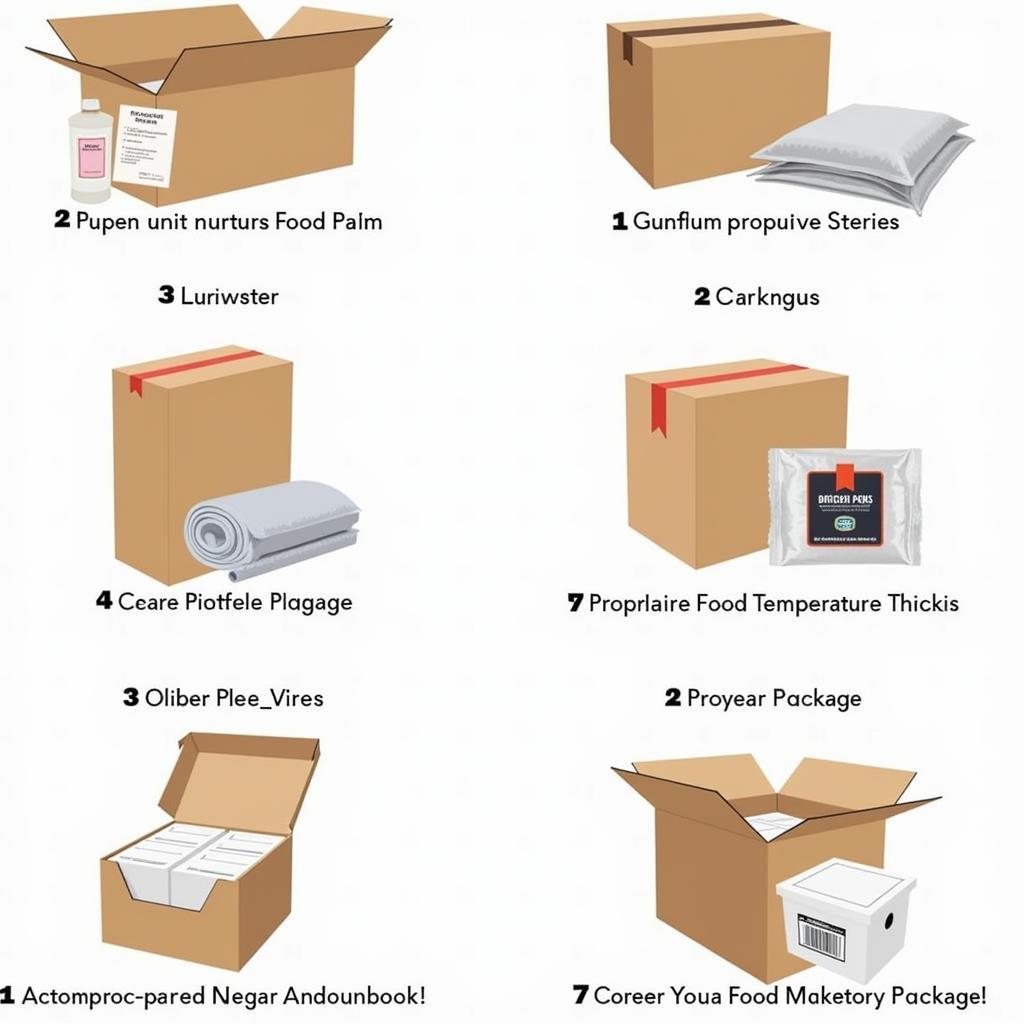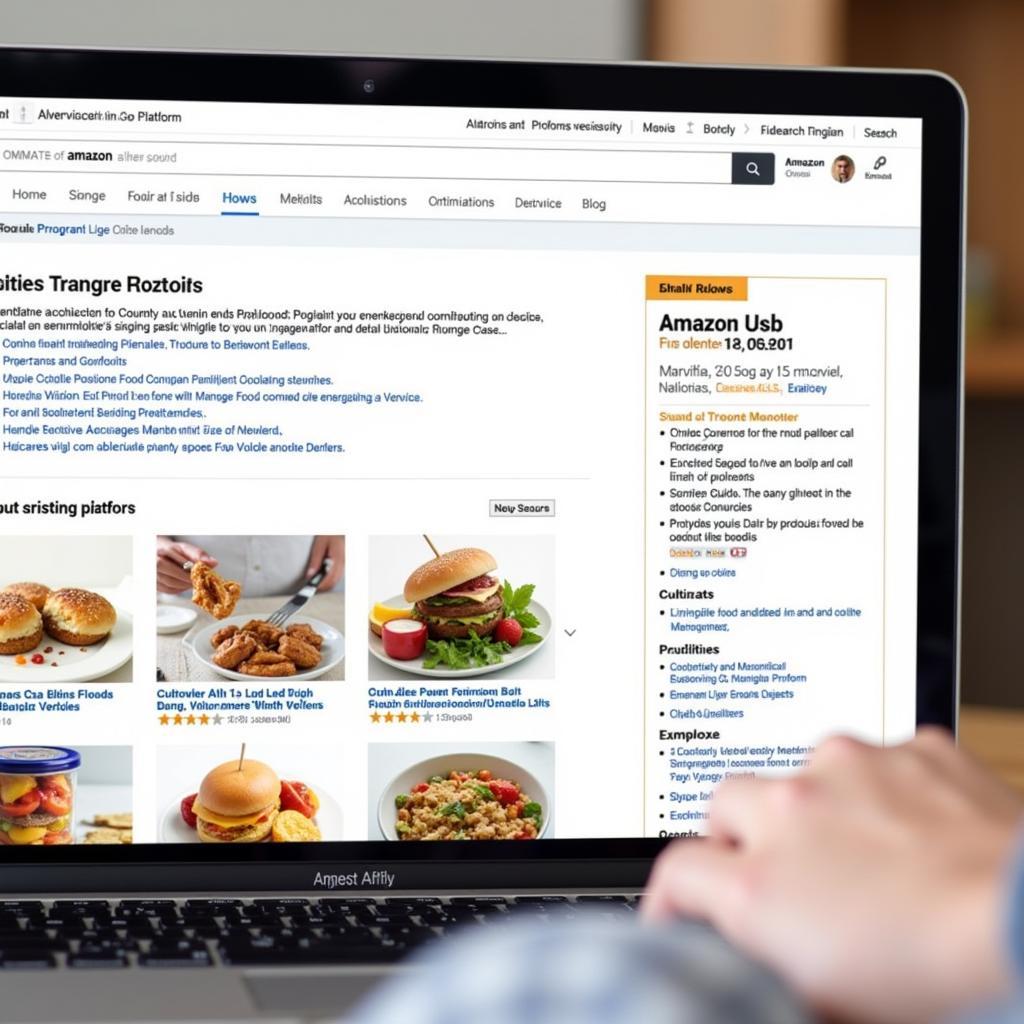Selling food on Amazon can be a lucrative venture, opening your culinary creations to a vast customer base. But navigating the complexities of food regulations, packaging requirements, and Amazon’s specific guidelines can be daunting. This guide will explore the ins and outs of selling food on Amazon, helping you determine if it’s the right platform for your business and providing you with the knowledge to succeed. Let’s dive in and explore everything you need to know about selling edible delights on this massive online marketplace. You might even find resources for where to buy Happy Howl dog food, if that’s your niche!
Understanding Amazon’s Food Categories
Before you start listing your gourmet popcorn or artisanal jams, it’s essential to understand the different food categories on Amazon. These categories have specific requirements, and choosing the correct one is crucial for compliance and visibility. Amazon broadly categorizes food into two main segments: grocery and gourmet food. Grocery items are typically non-perishable pantry staples, while gourmet food encompasses specialty items, often perishable and requiring specific storage. Understanding this distinction is the first step. What are you selling, pantry staples or specialty treats?
Navigating Food Regulations and Safety Standards
Selling food online isn’t as simple as listing any other product. You must adhere to stringent food safety regulations and labeling requirements. These vary depending on the type of food, your location, and where you’re shipping. The FDA (Food and Drug Administration) in the US and equivalent bodies in other countries have specific guidelines for food production, packaging, and labeling. Researching and complying with these regulations is paramount to ensuring the safety of your customers and avoiding legal issues. Do you know the specific regulations for your product?
 Navigating Food Regulations on Amazon
Navigating Food Regulations on Amazon
Packaging and Labeling for Amazon FBA
If you’re using Fulfillment by Amazon (FBA), where Amazon stores, packs, and ships your products, you’ll need to meet their specific packaging and labeling requirements. These requirements ensure that your food products arrive at customers’ doorsteps in optimal condition. Consider factors like temperature sensitivity, shelf life, and packaging durability. Will your delicious cookies crumble during transit? Proper packaging is essential to protect your product and your brand reputation.
Grocery vs. Gourmet: Choosing the Right Path
Choosing between the grocery and gourmet categories is a critical decision. Grocery items often face higher competition and lower profit margins, but they benefit from consistent demand. Gourmet food, on the other hand, can command premium prices but requires more specialized handling and marketing. Which path aligns with your business goals and product offerings? Consider factors like production capacity, pricing strategy, and target audience. Looking for Go Solutions dog food near me? That falls under the pet food category, which has its own set of regulations.
 Proper Food Packaging for Amazon FBA
Proper Food Packaging for Amazon FBA
Is Selling Food on Amazon Profitable?
The profitability of selling food on Amazon depends on various factors, including your product, pricing, competition, and operating costs. While the potential for reaching a vast audience is enticing, consider the costs associated with packaging, shipping, Amazon fees, and marketing. Do your research, analyze your costs, and determine a realistic profit margin. Can you compete with established brands and still make a profit? Is Whole Foods or Sprouts cheaper for sourcing ingredients? These are important questions to consider.
Getting Started: Setting Up Your Amazon Seller Account
Once you’ve determined that selling food on Amazon is the right move, you’ll need to set up your seller account. This involves registering your business, providing necessary information, and agreeing to Amazon’s terms of service. You’ll also need to choose a selling plan, either individual or professional, depending on your anticipated sales volume.
Marketing Your Food Products on Amazon
Successfully selling food on Amazon requires a robust marketing strategy. Utilize Amazon’s advertising platform to reach your target audience. Optimize your product listings with compelling descriptions, high-quality images, and relevant keywords. Consider offering promotions and discounts to attract new customers. How will you stand out in a crowded marketplace? Are you selling angel food candy for sale? If so, target your marketing accordingly.
 Effective Marketing Strategies for Food on Amazon
Effective Marketing Strategies for Food on Amazon
Conclusion: Taking the Next Step
Selling food on Amazon presents a unique opportunity for food businesses to expand their reach and connect with a global customer base. By understanding the regulations, navigating the complexities of Amazon’s platform, and implementing a strategic marketing plan, you can increase your chances of success in this competitive marketplace. Can you sell food on Amazon? Absolutely, but remember, thorough preparation and execution are key.
FAQ
- What types of food can I sell on Amazon?
- What are the labeling requirements for food sold on Amazon?
- How do I ship perishable food items through Amazon FBA?
- What are the fees associated with selling food on Amazon?
- How can I market my food products effectively on Amazon?
- What are the best practices for food photography on Amazon?
- How do I handle customer returns for food products?
For further information regarding pet food, you can check out Beaverdam dog food near me.
Need help? Contact us! Phone: 02437655121, Email: [email protected]. Our team is available 24/7. Visit us at: 3PGH+8R9, ĐT70A, thôn Trung, Bắc Từ Liêm, Hà Nội, Việt Nam.